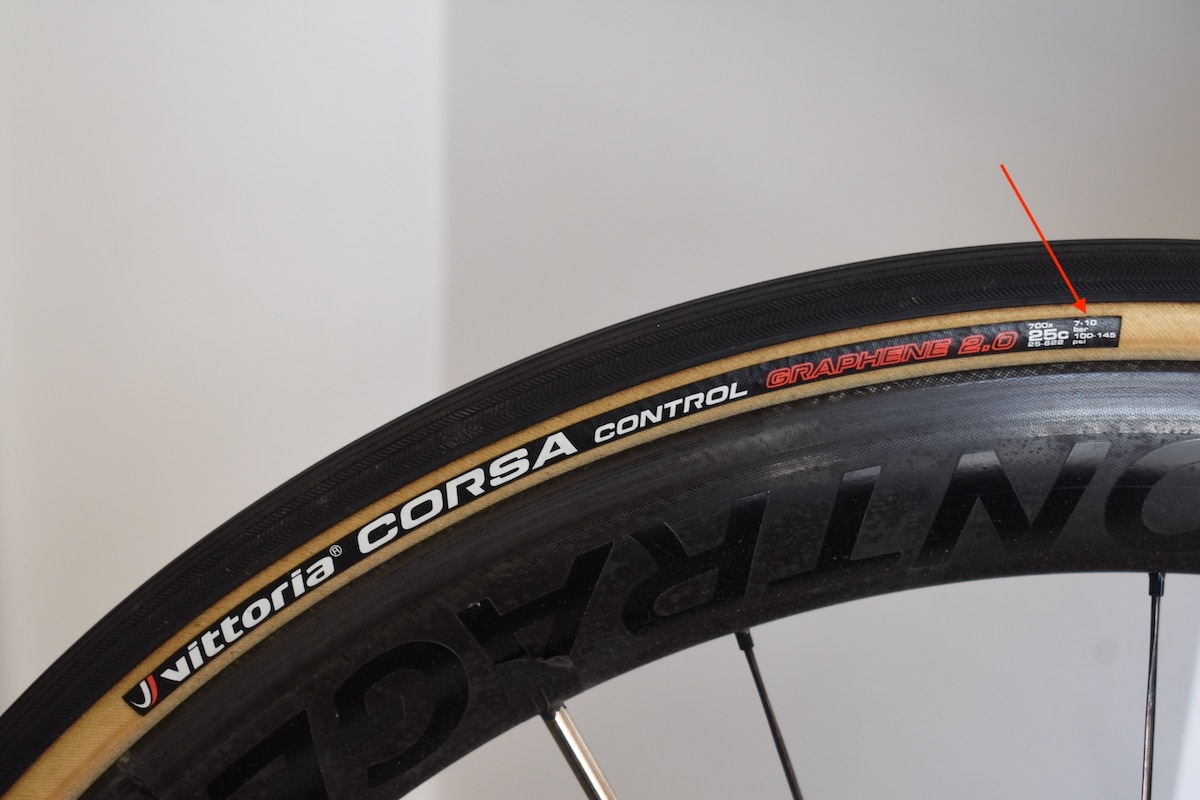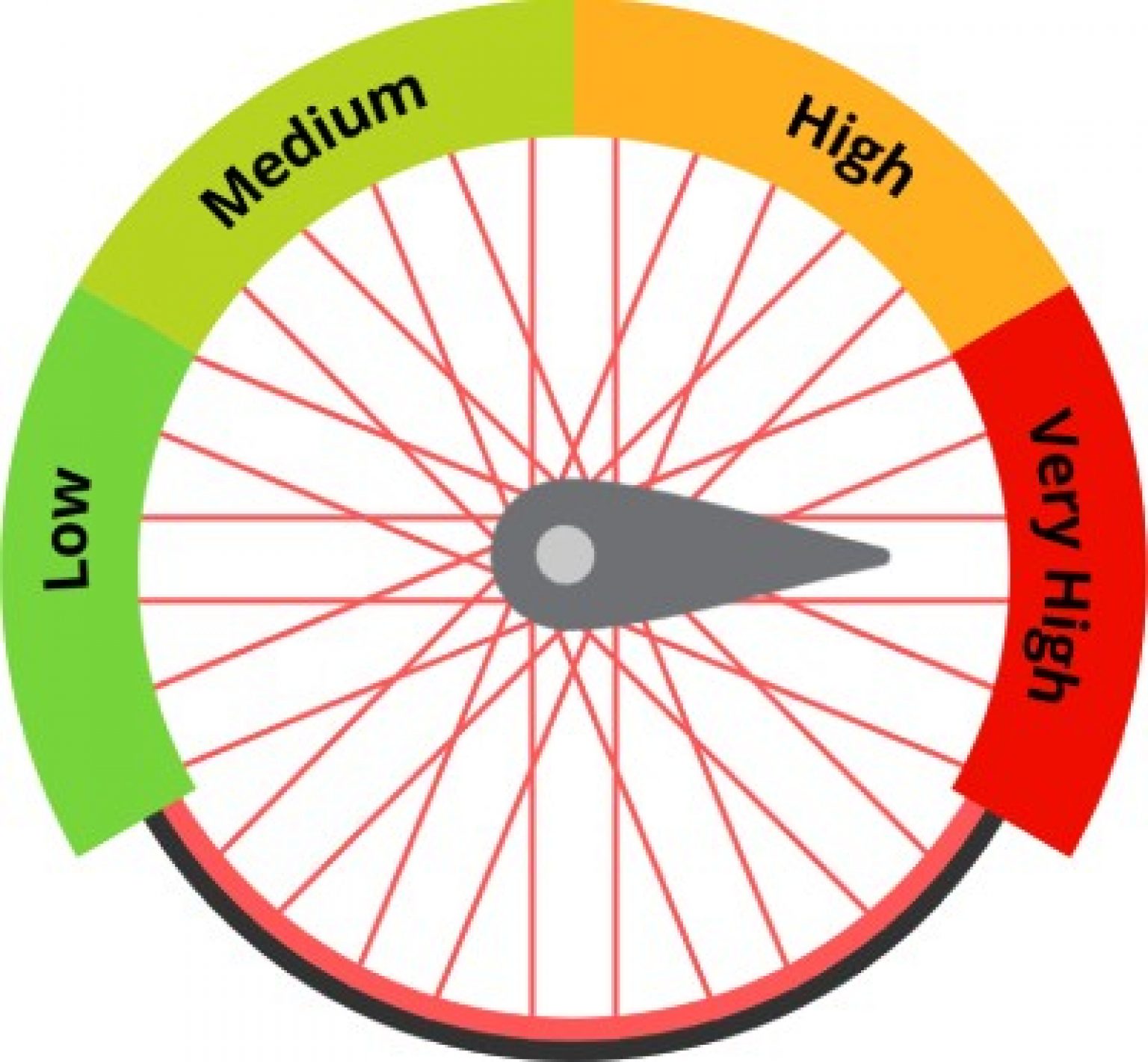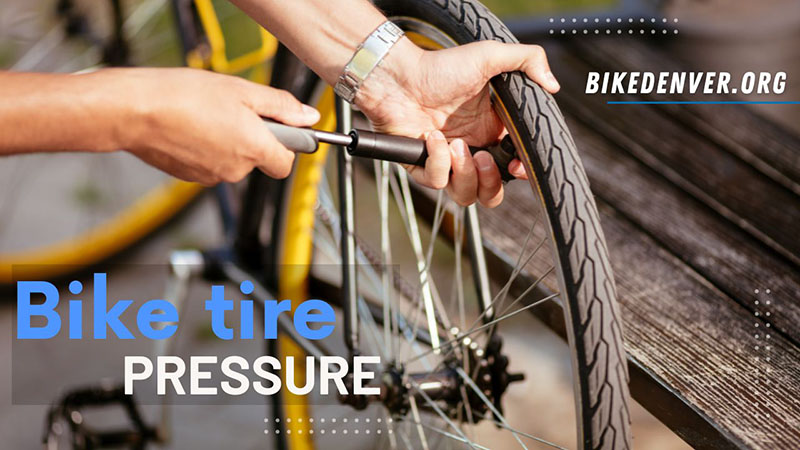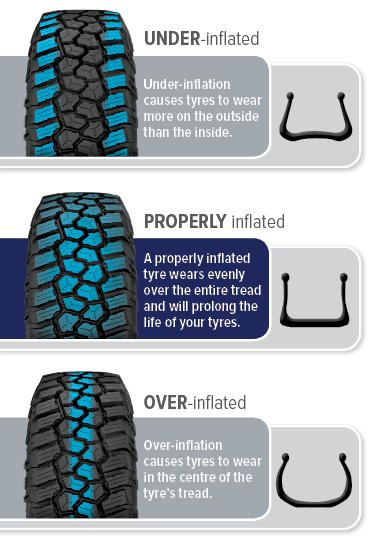Why Proper Tire Pressure Matters for Road Bike Performance
Proper tire pressure is a crucial aspect of road bike performance, safety, and overall riding experience. The correct psi for road bike tires can significantly impact speed, handling, and safety. Under-inflated tires can lead to reduced performance, increased risk of punctures, and compromised safety. On the other hand, over-inflated tires can result in a harsh ride, reduced traction, and increased risk of tire blowouts.
When tires are under-inflated, the sidewalls flex excessively, causing the tire to heat up and increasing the risk of punctures. This can also lead to reduced speed and efficiency, as the tire’s rolling resistance increases. Conversely, over-inflated tires can cause the tire to become too stiff, leading to a harsh ride and reduced traction. This can be particularly hazardous when cornering or braking, as the tire may lose contact with the road surface.
In addition to performance and safety concerns, proper tire pressure can also impact the longevity of the tire. Under-inflated tires are more prone to wear and tear, as the sidewalls and tread are subjected to excessive stress. This can lead to premature tire wear, reducing the overall lifespan of the tire.
Furthermore, proper tire pressure can also impact the overall comfort and enjoyment of the ride. When tires are inflated to the correct psi, the ride becomes smoother, and the bike handles more responsively. This can make a significant difference on long rides, where comfort and efficiency are paramount.
In conclusion, proper tire pressure is essential for optimal road bike performance, safety, and overall riding experience. By understanding the importance of psi for road bike tires and taking the time to ensure proper inflation, riders can enjoy a faster, safer, and more comfortable ride.
Understanding Tire Pressure Measurements: PSI, Bar, and More
When it comes to measuring tire pressure, there are several units of measurement that are commonly used. The most widely used units are PSI (pounds per square inch), bar, and kPa (kilopascals). Understanding the relationships between these units is essential for ensuring proper tire pressure for road bike tires.
PSI is the most commonly used unit of measurement for tire pressure in the United States. It measures the pressure of the tire in pounds per square inch. Bar, on the other hand, is a metric unit of measurement that is commonly used in Europe. It measures the pressure of the tire in bars, with 1 bar being equivalent to 14.5 PSI. kPa is another metric unit of measurement that is commonly used in scientific and technical applications. It measures the pressure of the tire in kilopascals, with 1 kPa being equivalent to 0.145 PSI.
To help readers understand the relationships between these units, the following conversion chart can be used:
| PSI | Bar | kPa |
|---|---|---|
| 10 PSI | 0.69 bar | 69 kPa |
| 20 PSI | 1.38 bar | 138 kPa |
| 30 PSI | 2.07 bar | 207 kPa |
| 40 PSI | 2.76 bar | 276 kPa |
| 50 PSI | 3.45 bar | 345 kPa |
By understanding the relationships between these units, readers can ensure that their road bike tires are properly inflated, regardless of the unit of measurement used. This is especially important when traveling to different countries or regions, where different units of measurement may be used.
In addition to understanding the different units of measurement, it’s also important to use a reliable and accurate tire pressure gauge. This will ensure that the tire pressure is measured correctly, and that the tires are properly inflated for optimal performance and safety.
How to Choose the Right Tire Pressure for Your Road Bike
Choosing the right tire pressure for your road bike can be a daunting task, especially for those new to the world of cycling. However, with a few simple steps, you can ensure that your tires are properly inflated for optimal performance and safety.
Step 1: Check the Manufacturer’s Recommendations
The first step in choosing the right tire pressure is to check the manufacturer’s recommendations. Most tire manufacturers provide a recommended pressure range for their tires, which can be found on the sidewall of the tire or in the owner’s manual. This range is usually indicated in PSI (pounds per square inch) and is based on the tire’s size, type, and intended use.
Step 2: Consider Your Rider Weight
Your rider weight is another important factor to consider when choosing the right tire pressure. Generally, heavier riders require higher tire pressures to ensure proper support and prevent excessive tire flex. Conversely, lighter riders may be able to get away with lower tire pressures, which can provide a more comfortable ride.
Step 3: Think About Your Riding Style
Your riding style is also an important consideration when choosing the right tire pressure. If you’re a aggressive rider who likes to corner hard and brake late, you’ll want to run higher tire pressures to ensure proper support and prevent tire flex. On the other hand, if you’re a more casual rider who prioritizes comfort, you may be able to get away with lower tire pressures.
Step 4: Consider the Terrain
The terrain you’ll be riding on is also an important consideration when choosing the right tire pressure. If you’ll be riding on rough roads or trails, you’ll want to run higher tire pressures to ensure proper support and prevent excessive tire flex. Conversely, if you’ll be riding on smooth roads, you may be able to get away with lower tire pressures.
Step 5: Use a Tire Pressure Gauge
Finally, it’s essential to use a tire pressure gauge to ensure that your tires are properly inflated. A good tire pressure gauge will provide accurate readings and help you to fine-tune your tire pressure for optimal performance and safety.
By following these simple steps, you can ensure that your road bike tires are properly inflated for optimal performance and safety. Remember to always check the manufacturer’s recommendations, consider your rider weight and riding style, think about the terrain, and use a tire pressure gauge to ensure accurate readings.
Top Road Bike Tires for Performance and Durability
When it comes to choosing the right road bike tires, there are many factors to consider, including performance, durability, and price. In this section, we’ll review and compare some of the top road bike tires on the market, including models from popular brands such as Continental, Michelin, and Vittoria.
Continental Grand Prix 4000 S II
The Continental Grand Prix 4000 S II is a high-performance road bike tire that is designed for speed and durability. With a recommended psi range of 100-120, this tire is ideal for riders who want a fast and responsive ride. The Grand Prix 4000 S II features a unique tread pattern that provides excellent grip and traction on a variety of road surfaces.
The Michelin Pro 4 Endurance is a durable and long-lasting road bike tire that is designed for riders who want a reliable and comfortable ride. With a recommended psi range of 90-110, this tire is ideal for riders who want a smooth and stable ride. The Pro 4 Endurance features a unique tread pattern that provides excellent grip and traction on a variety of road surfaces.
Vittoria Corsa G+
The Vittoria Corsa G+ is a high-performance road bike tire that is designed for speed and agility. With a recommended psi range of 100-120, this tire is ideal for riders who want a fast and responsive ride. The Corsa G+ features a unique tread pattern that provides excellent grip and traction on a variety of road surfaces.
Other notable mentions include the Specialized Turbo Pro, the Schwalbe One, and the Pirelli P Zero Velo. These tires offer a range of features and benefits, including high-performance tread patterns, durable construction, and comfortable ride quality.
When choosing the right road bike tire, it’s essential to consider factors such as performance, durability, and price. By doing your research and selecting a tire that meets your needs and preferences, you can ensure a safe and enjoyable ride.
The Impact of Temperature on Tire Pressure: What You Need to Know
Temperature is a critical factor to consider when it comes to tire pressure for road bike tires. Changes in temperature can affect the air pressure inside the tire, which can impact the tire’s performance and safety. In this section, we’ll discuss the impact of temperature on tire pressure and provide tips on how to adjust tire pressure for different temperatures and riding conditions.
How Temperature Affects Tire Pressure
Temperature affects tire pressure because air expands and contracts with changes in temperature. When the temperature increases, the air inside the tire expands, causing the pressure to increase. Conversely, when the temperature decreases, the air inside the tire contracts, causing the pressure to decrease.
For example, if the temperature increases by 10°C (18°F), the tire pressure can increase by up to 1.5 psi (0.1 bar). This means that if you inflate your tires to the recommended pressure at a temperature of 20°C (68°F), the pressure may increase to 1.5 psi (0.1 bar) higher at a temperature of 30°C (86°F).
Adjusting Tire Pressure for Different Temperatures
To ensure optimal tire performance and safety, it’s essential to adjust the tire pressure according to the temperature. Here are some tips to help you adjust your tire pressure for different temperatures:
For hot temperatures (above 25°C/77°F):
Decrease the tire pressure by 0.5-1.0 psi (0.03-0.07 bar) to compensate for the increased air pressure.
For cold temperatures (below 10°C/50°F):
Increase the tire pressure by 0.5-1.0 psi (0.03-0.07 bar) to compensate for the decreased air pressure.
For extreme temperatures (above 35°C/95°F or below 0°C/32°F):
Adjust the tire pressure accordingly, taking into account the extreme temperature conditions.
Conclusion
In conclusion, temperature plays a significant role in tire pressure for road bike tires. By understanding how temperature affects tire pressure and adjusting the pressure accordingly, you can ensure optimal tire performance and safety. Remember to always check the tire pressure regularly and adjust it according to the temperature conditions.
Common Mistakes to Avoid When Checking and Adjusting Tire Pressure
When it comes to checking and adjusting tire pressure, there are several common mistakes to avoid. These mistakes can lead to inaccurate pressure readings, reduced tire performance, and even safety issues. In this section, we’ll identify some of the most common mistakes to avoid and provide tips on how to ensure accurate pressure readings.
Using the Wrong Gauge
One of the most common mistakes is using the wrong gauge to check tire pressure. There are two types of gauges: analog and digital. Analog gauges are less accurate and can be prone to human error, while digital gauges are more accurate and provide precise readings. Make sure to use a high-quality digital gauge to ensure accurate pressure readings.
Not Checking Pressure Regularly
Another common mistake is not checking tire pressure regularly. Tire pressure can fluctuate over time due to changes in temperature, humidity, and other environmental factors. Make sure to check tire pressure at least once a week, and before long rides or trips.
Over-Inflating or Under-Inflating Tires
Over-inflating or under-inflating tires is another common mistake. Over-inflating can lead to reduced traction, increased risk of punctures, and compromised safety. Under-inflating can lead to reduced performance, increased risk of punctures, and compromised safety. Make sure to check the recommended pressure range for your tires and adjust accordingly.
Not Considering the Temperature
Temperature can affect tire pressure, and not considering the temperature can lead to inaccurate pressure readings. Make sure to check the temperature before adjusting tire pressure, and adjust accordingly.
Not Using the Correct Valve
Using the wrong valve can lead to inaccurate pressure readings. Make sure to use the correct valve for your tires, and ensure that it is clean and free of debris.
Conclusion
In conclusion, avoiding common mistakes when checking and adjusting tire pressure is crucial for ensuring accurate pressure readings, optimal tire performance, and safety. By following the tips outlined in this section, you can ensure that your tires are properly inflated and ready for your next ride.
Tire Pressure and Wheel Size: What’s the Optimal Combination?
When it comes to optimizing tire pressure for road bike performance, wheel size is an important factor to consider. Different wheel sizes can affect tire pressure and performance, and understanding the relationship between the two is crucial for achieving optimal results.
How Wheel Size Affects Tire Pressure
Wheel size can affect tire pressure in several ways. Larger wheels require higher tire pressures to maintain optimal performance, while smaller wheels require lower tire pressures. This is because larger wheels have a greater circumference, which means they need more air pressure to maintain the same level of stiffness and support.
For example, a 700c wheel requires a higher tire pressure than a 650c wheel, due to its larger circumference. Similarly, a 29-inch wheel requires a higher tire pressure than a 27.5-inch wheel.
Optimal Tire Pressure for Different Wheel Sizes
So, what’s the optimal tire pressure for different wheel sizes? Here are some general guidelines:
For 700c wheels:
* Recommended tire pressure: 100-120 psi (6.9-8.3 bar)
For 650c wheels:
* Recommended tire pressure: 90-110 psi (6.2-7.6 bar)
For 29-inch wheels:
* Recommended tire pressure: 110-130 psi (7.6-9.0 bar)
For 27.5-inch wheels:
* Recommended tire pressure: 100-120 psi (6.9-8.3 bar)
Conclusion
In conclusion, understanding the relationship between tire pressure and wheel size is crucial for achieving optimal road bike performance. By considering the wheel size and adjusting the tire pressure accordingly, riders can optimize their tire pressure for improved performance, safety, and comfort.
Conclusion: Optimizing Your Ride with Proper Tire Pressure
Proper tire pressure is a crucial aspect of road bike performance and safety. By understanding the importance of tire pressure and how to optimize it for your ride, you can improve your speed, handling, and overall riding experience.
In this article, we’ve covered the key factors to consider when optimizing tire pressure, including the impact of temperature, wheel size, and riding style. We’ve also discussed common mistakes to avoid when checking and adjusting tire pressure, and provided tips on how to ensure accurate pressure readings.
By taking control of your tire pressure, you can optimize your ride and enjoy a safer, more efficient, and more enjoyable cycling experience. Remember to always check your tire pressure regularly, and adjust it according to the manufacturer’s recommendations and your specific riding conditions.
With the right tire pressure, you can unlock the full potential of your road bike and take your riding to the next level. Whether you’re a seasoned pro or just starting out, proper tire pressure is essential for getting the most out of your ride.
So, take the time to optimize your tire pressure today, and discover the difference it can make in your riding experience. With the right psi for road bike tires, you’ll be able to ride faster, farther, and more confidently than ever before.







